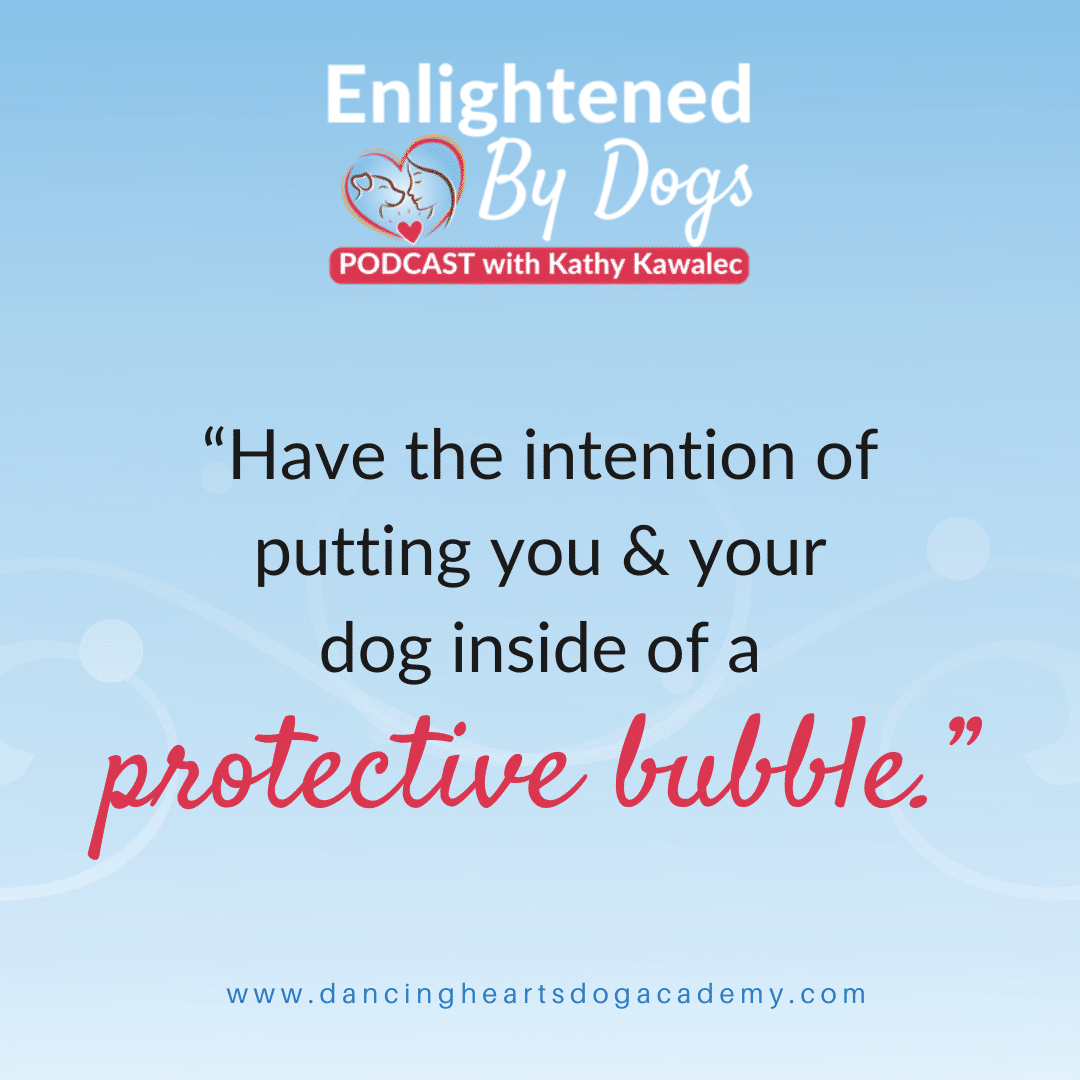Is your dog reactive on the leash?
Maybe your dog hates being on the leash and won’t even let you put it on. Or, perhaps your dog pulls on the leash and lunges towards other dogs, moving objects, or other people. Whatever the case, your dog is not a fan of the leash and will do anything to avoid it.
If any of this sounds familiar, you’re in the right place. I have met hundreds (if not thousands) of dog moms through the years who have dealt with this frustrating issue. The good news is that there are ways to calm a reactive dog, and in the Brilliant Partners Academy, I teach ‘the partnership way’ to handle leash reactivity.
In this post, I’m going to divulge some of the best advice I have for dog moms struggling with leash reactivity using tried and tested partnership principles!
“You don’t need to try to fake it, be honest with your dog.”
How to react when a strange dog approaches your dog
When your dog has been reactive, you might think about all of the things you could have done differently. You might wonder if you sent the wrong message to your dog, or you may regret not intervening more as the situation unfolded.
As always, it’s important to remember that you are role modeling for your dog on how to feel and act in any situation. If you act nervous and anxious, your dog will behave the same way. Of course, there are some situations that you don’t see coming.
Let’s say that you’re out with your dog in a new area, and a strange dog runs over to you. You know your dog tends to get reactive on the leash, especially with unfamiliar dogs. Your first thought might be to hold your dog’s collar until the owner of the other dog gets them back on a leash. Or, you could pick your dog up if you feel it’s necessary (and you’re physically able to do so!). I wouldn’t advise this as a first move, but I don’t have a problem with it if you have no other choice.
If the other dog starts chasing your dog in circles around you, things can quickly spiral out of control. If you can, try to communicate with the other dog to back off. Essentially, you want to keep your dog safe from the other dog, so if you have to lift them, do it. If you can, try and steer the other dog away from yours until the owner steps in to help.
One of the most important things to keep in mind when a strange dog approaches your dog while they are on the leash is that your behavior speaks volumes to your dog. You want to let your dog know that you can keep them safe and handle the situation.
Create a protective bubble for you and your dog
One of the tactics I teach inside BPA when you and your dog are faced with a troubling situation is this – put you and your dog inside a protective bubble. Imagine that a big bubble forms around you both, and you’re in your own world. The other dog no longer exists. You can focus on staying connected with your dog while your dog feels safe by your side.
Whenever something happens that could potentially trigger your dog to react, create that imaginary bubble. Inside the bubble, everything is calm, safe, and happy. This means that your mindset has to be in the right place. You need to consciously remember to connect with your dog.
When you stop focusing on everything else going on around you, it becomes so much easier to stay connected with your dog. This is very useful when your dog needs extra support. As soon as you notice your dog begin to get reactive, this strategy will maintain calmness. Instead of reacting to the trigger, stay calm, and remain inside the protective bubble you’ve created together.
Remember to remain safe, calm, and happy
When you are hyper-alert about the environment, your dog notices and is likely to copy you in a sense. They understand that you are stressed or anxious, which makes them nervous and stressed too. So, take a deep breath and remember to do everything you can to stay safe, calm, and happy.
When you’re with your dog, try to be present and attentive to how your dog is feeling. Don’t let yourself get caught up in what’s going on everywhere else. You might be too late to spot the cues your dog is showing to communicate discomfort or unease. When you notice those cues, it’s your moment to connect with your dog even further. Talk to them, reassure them that everything is fine, smile at them, stroke them if it helps, or take a different route entirely.
Being connected with your dog tells them that you have their back. You’re a team – a partnership.
“Be present, calm and attentive to how your dog feels.”
Every day is different
You might have one great experience with your dog on the leash one day but a complete disaster the next day. This is normal because life is unpredictable. Celebrate the small wins when they happen, but always be prepared for things not going as well as planned.
Suppose your dog had a friendly encounter with a different dog while on the leash, great. That’s something to celebrate. If your dog tenses up when a dog gets too close, try to prepare for that situation the next time. Maybe you could keep a distance from other dogs for a while or take your dog for a walk somewhere quiet.
Take baby steps. The more small wins you have together, the more trust that builds between you and your dog. If you continue to remain calm and protect your dog as their leader by not putting them in difficult situations, they will begin to trust you more and more every day.
Dogs are attuned to our emotions. For your dog to trust you to keep them safe, calm, and happy, you’ve got to trust that you can too. It’s very difficult to lie to a dog, and I wouldn’t suggest trying.
Dogs are smarter than many people give them credit for, so be honest with your dog. If you’re faced with an unexpected situation, and you have no time to react, think about how you can get you and your dog out of that situation as soon as possible. If you can walk in a different direction, do so.
Building a brilliant partnership with your dog and using partnership principles to help your dog feel calmer on the leash takes time, but it will be worth it.
If you’d like to work with me and learn how to create a partnership lifestyle for you and your dog, you can request an invitation to join us in the Brilliant Partners Academy when the doors open for the next enrolment!
You can listen to everything I talked about in this blog post over on my podcast – Enlightened By Dogs. It’s episode 137, which you can listen to here.






